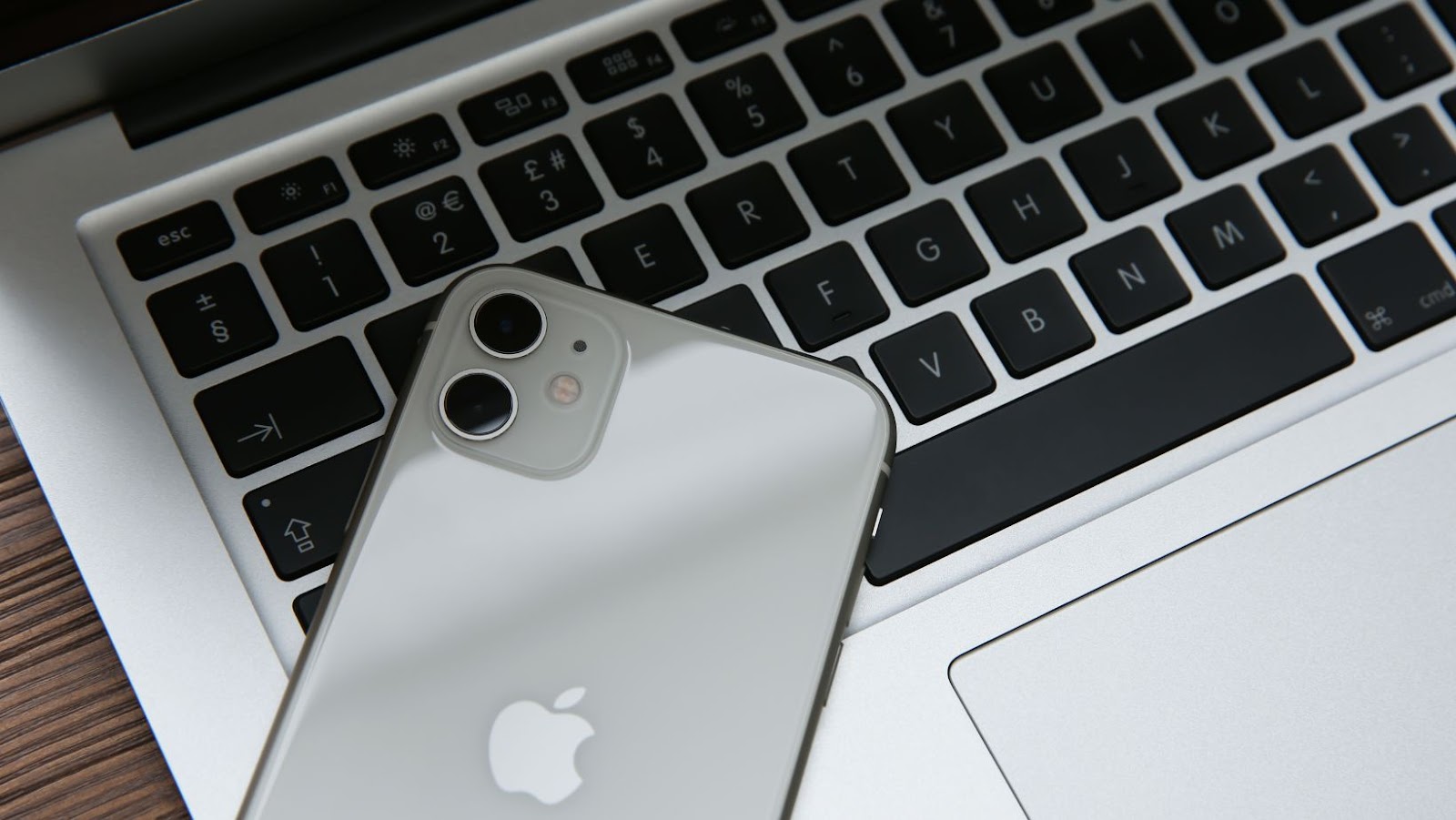Organic light-emitting diode (OLED) Displays have been used in mobile phones and televisions for some time, but manufacturers are now considering applying the technology to laptop displays.
OLED displays offer a higher resolution and require less energy than traditional Liquid Crystal Display (LCD) screens. In addition, they provide sharper images, an enhanced colour palette and wide viewing angles, making them the perfect choice for laptop displays.
This article outlines the advantages of OLED technology over LCDs and explains how the MacBook will benefit from implementing this type of technology.
Apple’s First MacBook With an OLED Display to Launch as Early as Next Year
Apple is rumoured to launch a new MacBook with an OLED display as early as next year. OLED displays offer many advantages compared to regular displays, including improved readability and sharpness. Additionally, OLED displays consume less power and offer brighter colours and faster refresh rates.
Let’s explore further the benefits of OLED displays.
Improved Colour Accuracy
Using OLED technology (organic light emitting diode) in MacBook LCDs boast many advantages over traditional liquid crystal display (LCD) technology. The most eye-catching of which is dramatically improved colour accuracy. OLED can represent 7.4 million shades of colour – much more than an LCD. This means you can edit images on your MacBook with much more accurate hues and gradations.
Apart from the editing help, this makes watching movies and viewing photos a much more enjoyable experience! Even more impressive is how OLED allows blacks to turn darker and whites to stay at a maximum brightness level in any rotatable angle – something that is not achievable under LCD technology due to backlight leakage when viewed at an angle.
Even outside in the sun, where glare can blind the eyes, OLED performance stays clear and vivid – making outdoor activities such as studying or reading outdoors much easier with reduced fatigue during extended use while showcasing clearer images no matter the light situation may be!
Higher Contrast Ratio
Regarding displays, the contrast ratio is the difference between the brightest white and darkest black possible. This display technology allows for a higher contrast rate, meaning images appear more vivid and true-to-life by providing deeper blacks and crisper whites.
This improvement in screen quality also enables a wider colour gamut with more accurate colour saturation, resulting in a brighter, more vibrant display with superior dynamic range.
Additionally, OLED panels have an inherent anti-glare effect because they do not backlight like LCD screens; rather they illuminate only the smallest parts of the image that need to be lit. As such, this greatly reduces any visual strain caused by screens reflecting ambient light sources such as overhead lights or nearby windows resulting in increased eye comfort for users who spend long hours looking at their displays.
Faster Refresh Rates
Compared to traditional LCDs, OLED display technology offers faster refresh rates, sometimes as much as 1,000 times faster. This means that when you are watching videos, speeding through the webpages on your laptop, or playing a video game on your MacBook, you will experience fluid motion and fewer graphical artefacts.
The faster refresh rate is due to an optimised circuit design in OLED displays. It adds an array of thin-film transistors (TFTs) that act as switches controlling each display pixel. This allows for a much faster response time between frames, giving more realism and motion without artefacts or motion blur.
With some OLED display technologies capable of displaying one billion colours versus 281 trillion colours for LCDs, an OLED display offers greater colour depth and more sophisticated design options. Greater colour depth allows for greater contrast versus standard backlit LCDs and drastically improves the viewing experience by making images appear sharper and more vibrant.
Lower Power Consumption
OLED displays require very little power because the pixels are lit up directly when a current is applied, rather than relying on a backlight. This means devices with an OLED display will consume less power, making more battery life available for running apps and other tasks. Additionally, smartphone and laptop makers can reduce the size of the device’s battery and overall design by relying on low-power OLED displays.
For device manufacturers, an even greater draw may be the improved visual quality enabled by OLED technology. There is no need for backlighting for each pixel with an OLED display because each can be individually illuminated whenever it needs to be displayed. This makes images look brighter and clearer with more vibrant colours than if viewed on an LED or LCD monitor. In addition, since each pixel can have its brightness level set at any given time, it gives designers even more control over how images are displayed on such devices as Macbooks.
As a result of this increased control over display results in a superior viewing experience compared to traditional LCDs with much greater dynamic range capabilities that are ideal for gaming or movie viewing experiences.
Apple’s Plans for OLED Display
Apple’s plans for an OLED display on their new MacBook is making waves in the tech world. According to reports, the first MacBook with an OLED display is set to launch as early as next year. This will be a major upgrade to their lineup of laptops, and brings a lot of exciting possibilities.
Let’s look closer and see how this OLED display will improve the MacBook.
OLED Display for MacBook
Apple is reportedly considering switching from traditional LCDs to organic light-emitting diode (OLED) displays for its MacBook computers, as found in research provided by Apple Insiders. OLED displays have become popular in consumer electronics because of their thinner build, higher resolution and lower power consumption compared to liquid crystal display (LCD).
There are a few advantages that an OLED display can offer over an LCD. OLEDs have improved colour and contrast accuracy because they produce brighter whites and darker blacks than LCD screens with more vivid colours. In addition, the panels are thinner, ideal for ultrabooks, tablets or devices with tight spaces. Further, the power consumption of OLED displays is considerably better than that of LCDs – typically 30-percent less depending on the application – as each pixel provides its illumination, whereas a backlight is required for LCD technology.
Furthermore, Overdrive technology allows for fast enough refresh rates and frame rates on a high resolution OLED display output to make gaming enjoyable at level 2:1 speed or 4K to 4K resolutions with low input lag and mura-free performance. Moreover, a faster response time allows for smoother animation in gaming applications or content playback from high definition video sources.
Therefore if Apple implements the shift from traditional LCDs it could bring power savings benefits to MacBook users aside from improved colour accuracy; significantly enhanced contrast; brighter whites; darker blacks; reliable no flicker performance – all while being slim enough that it consumes less than half the space compared to similar size LCD solutions – thus improving the user experience significantly.
OLED Display for iPad Pro
One of the biggest changes to Apple products this year is including an OLED display as a new option for iPad Pro tablets. This organic light-emitting diode (OLED) technology produces vibrant colours and has higher picture quality than LCDs. It’s also more energy efficient than LCD, since it produces light, making iPad Pro’s battery last longer. As the technology continues to be improved upon and refined, it will become even more beneficial to users.
Likely, Apple will soon incorporate an OLED display into its Mac laptop devices. For example, the upcoming MacBook Pro, slated for release in 2021, could feature an OLED display on its models, providing a clearer and cleaner visual experience compared to current MacBooks. Furthermore, with improved colour accuracy and brightness compared to LCDs, users may enjoy a more enjoyable viewing experience with their laptops. In addition, the thinner screen size is a key benefit that would make the device even more portable.
Although some of these changes are still in development stages, one thing is certain: the OLED display can provide better image quality on Apple’s laptops compared to its current offerings. Apple will likely continue refining this new technology until it’s ready for mass adoption so Macbook devices can keep up with the changing demands of consumers’ digital media activities such as streaming movies or gaming on their laptops.







